As a reptile owner, few things are more concerning than when your scaly companion suddenly loses interest in food. Lizards, like all pets, rely on their owners to notice changes in behavior that might indicate health problems. A loss of appetite is one of the most common issues lizard keepers face, and it can stem from various causes ranging from simple environmental factors to serious medical conditions. Understanding why your lizard has stopped eating is the first crucial step toward helping them regain their appetite and ensuring their overall wellbeing. This article explores seven common reasons why lizards might refuse food and provides practical solutions to address each issue.
Understanding Normal Lizard Eating Patterns
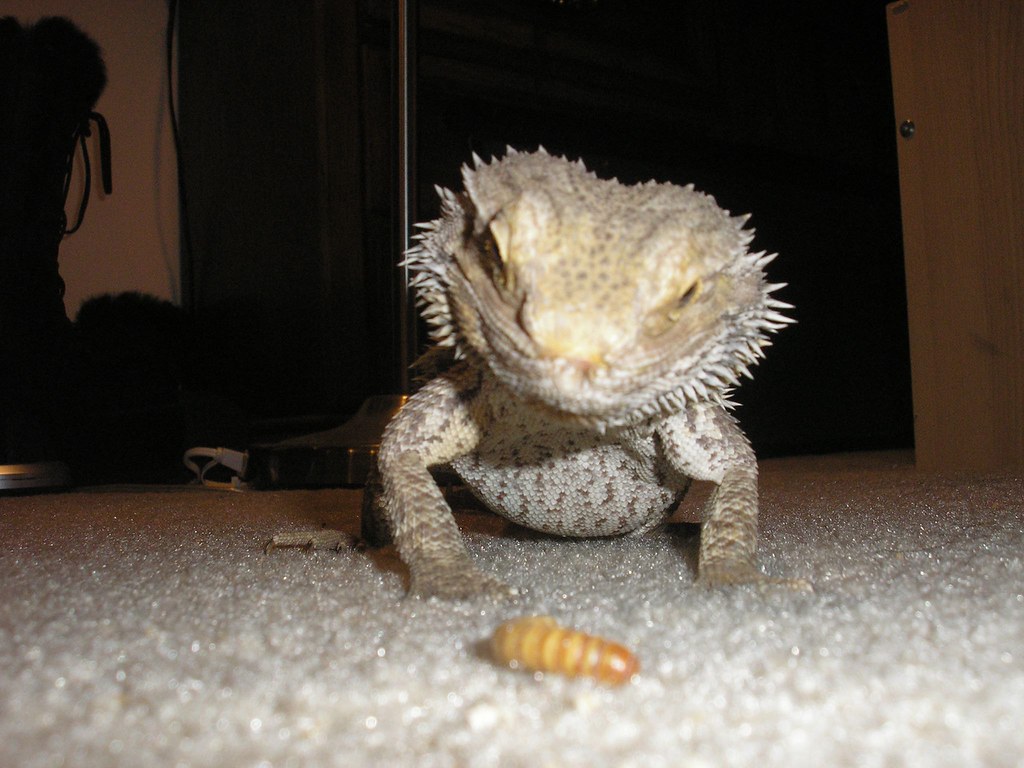
Before panicking about your lizard’s appetite, it’s important to understand what constitutes normal eating behavior for your specific species. Different lizard species have vastly different dietary needs and eating frequencies. For instance, adult bearded dragons might eat every 1-2 days, while some adult leopard geckos can go several days between meals without cause for concern. Juvenile lizards typically eat more frequently than adults as they require additional nutrients for growth. Seasonal changes can also affect eating patterns, with many species naturally eating less during winter months or breeding seasons. Familiarizing yourself with your lizard’s normal eating routine creates a baseline that helps you identify when something is truly amiss.
Cause 1: Improper Temperature Gradient
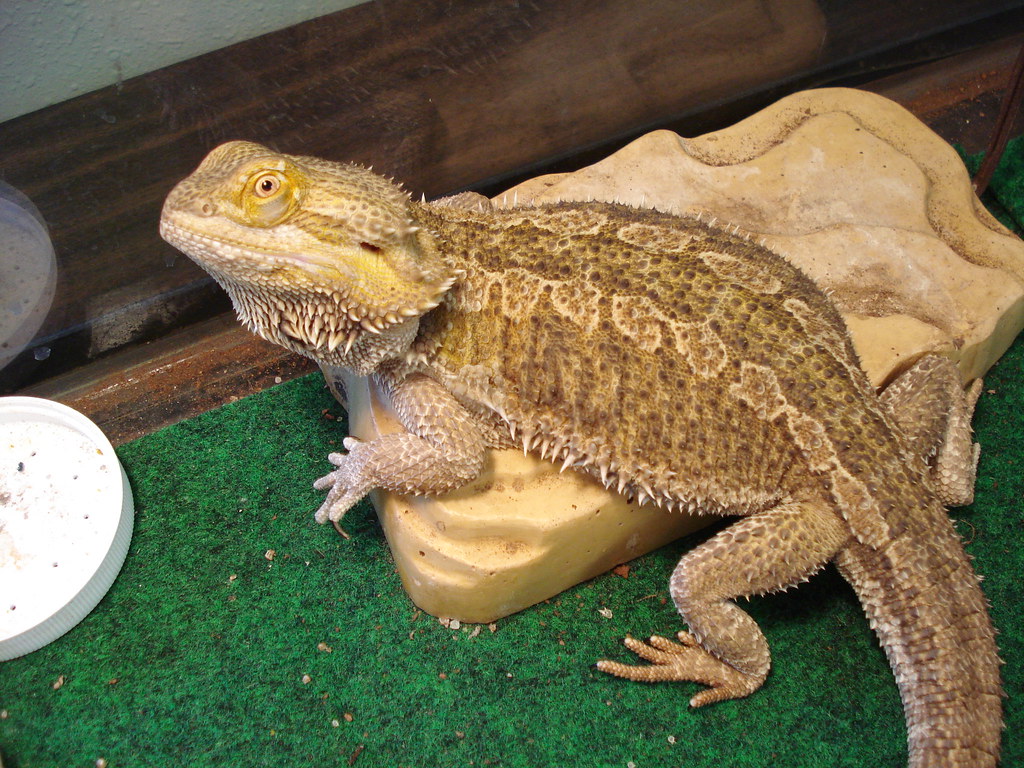
Lizards are ectothermic, meaning they rely on external heat sources to regulate their body temperature and metabolic functions. Without proper temperature gradients in their enclosure, lizards cannot properly digest food, which often leads to appetite loss. Most species require a warm basking spot and a cooler retreat area to thermoregulate effectively. When temperatures fall below the recommended range for your species, digestive enzymes become ineffective, and your lizard may stop eating altogether. Conversely, if temperatures are consistently too high, your lizard may become stressed or dehydrated, also resulting in appetite suppression. Investing in reliable thermometers placed at both the warm and cool ends of the enclosure is essential for monitoring this crucial environmental factor.
Solution: Optimizing Thermal Environment
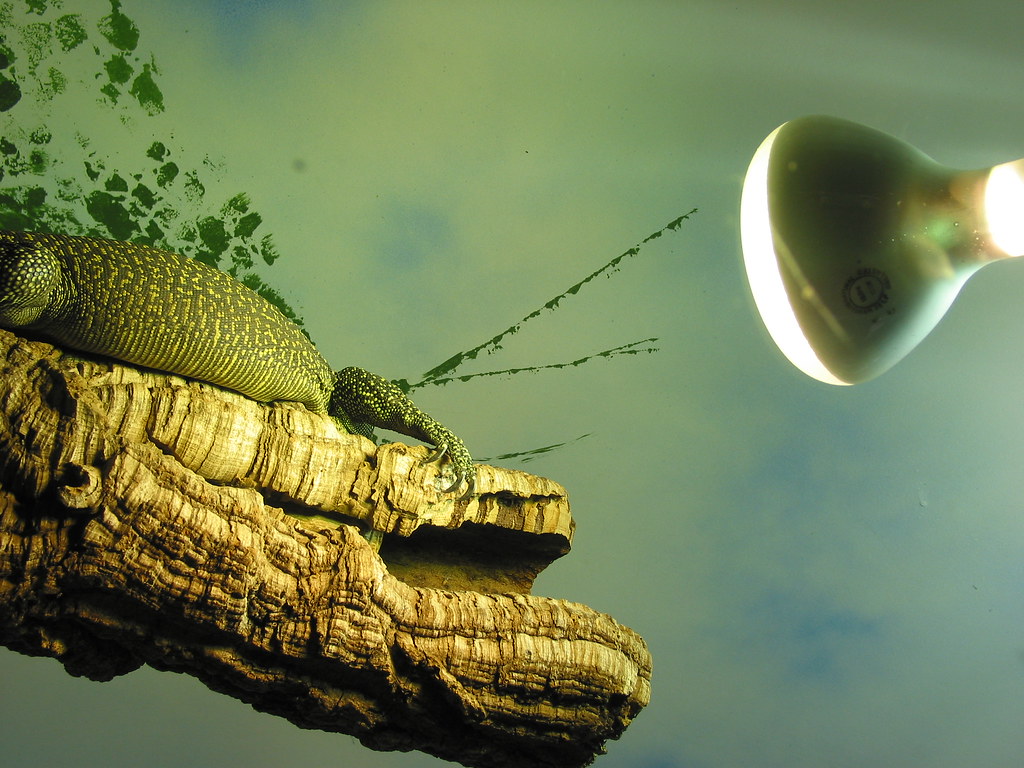
To resolve temperature-related feeding issues, establish and maintain the correct temperature gradient specific to your lizard species. Install appropriate heating elements such as ceramic heat emitters, heat pads (with thermostats), or basking lamps to create a proper basking spot. For most lizards, the warm side should range between 85-100°F (29-38°C) depending on species, while the cool side should be approximately 10-15°F cooler. Use digital thermometers or temperature guns to verify readings at multiple points in the enclosure, not just at one location. Consider implementing a timer system to create appropriate day/night temperature cycles that mimic natural conditions. Once proper temperatures are established, many lizards will resume eating within a few days as their metabolism returns to normal functioning.
Cause 2: Improper UVB Lighting
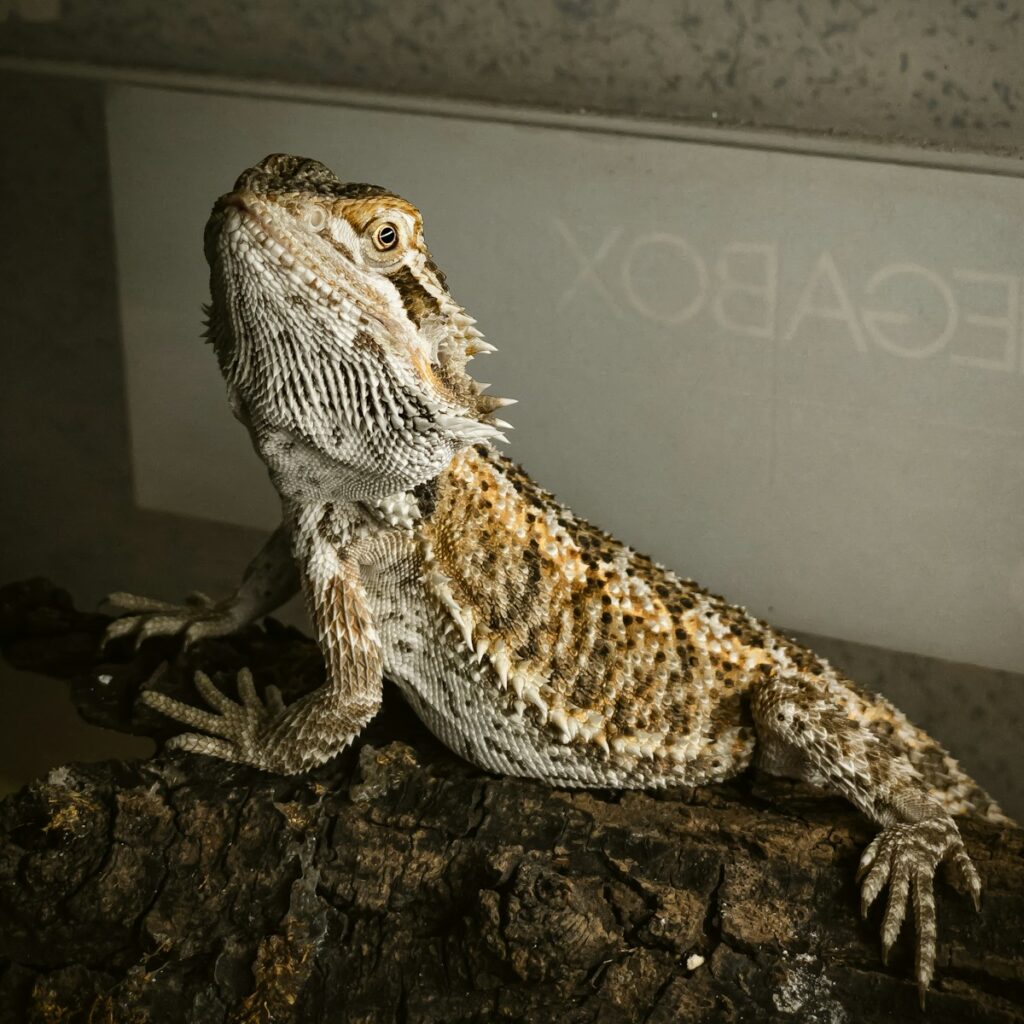
Many lizard species require UVB lighting to synthesize vitamin D3, which is essential for calcium metabolism. Without adequate UVB exposure, lizards can develop metabolic bone disease (MBD), which often manifests first as a decreased appetite before more severe symptoms appear. Even species that are less dependent on UVB, such as crested geckos, benefit from proper lighting cycles that regulate their circadian rhythms. UVB bulbs naturally degrade over time, even when they still emit visible light, becoming ineffective at producing the necessary UV radiation. Most reptile-specific UVB bulbs need replacement every 6-12 months, even if they haven’t burned out, as their UVB output diminishes significantly over time.
Solution: Upgrading Lighting Setup
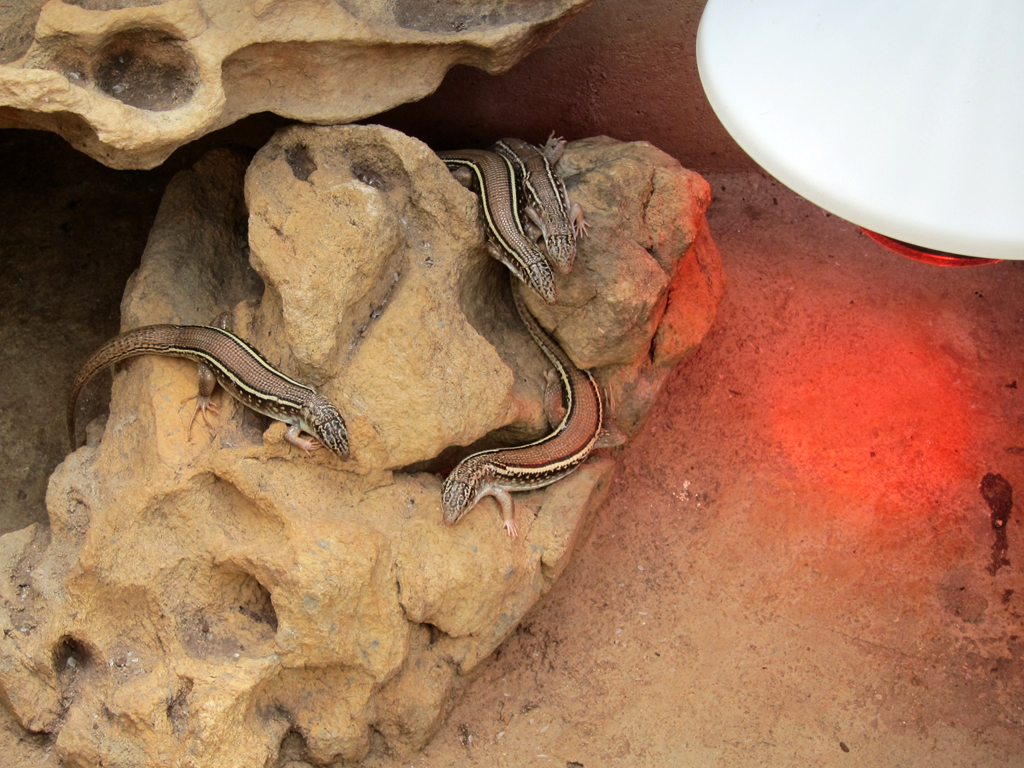
To address lighting issues, replace UVB bulbs according to the manufacturer’s recommended schedule, typically every 6-12 months. Choose appropriate UVB strength based on your lizard’s natural habitat – desert species generally require higher UVB output than tropical forest dwellers. Position UVB fixtures at the correct distance from your lizard’s basking spot as recommended by the manufacturer, as placing them too far away renders them ineffective. Consider incorporating a timer to maintain consistent 12-14 hour light cycles for most species, which helps regulate their biological rhythms. Some owners find that using a combination of UVA/UVB bulbs along with separate heat sources provides the most natural environment, encouraging normal feeding behaviors to resume.
Cause 3: Stress and Environmental Factors
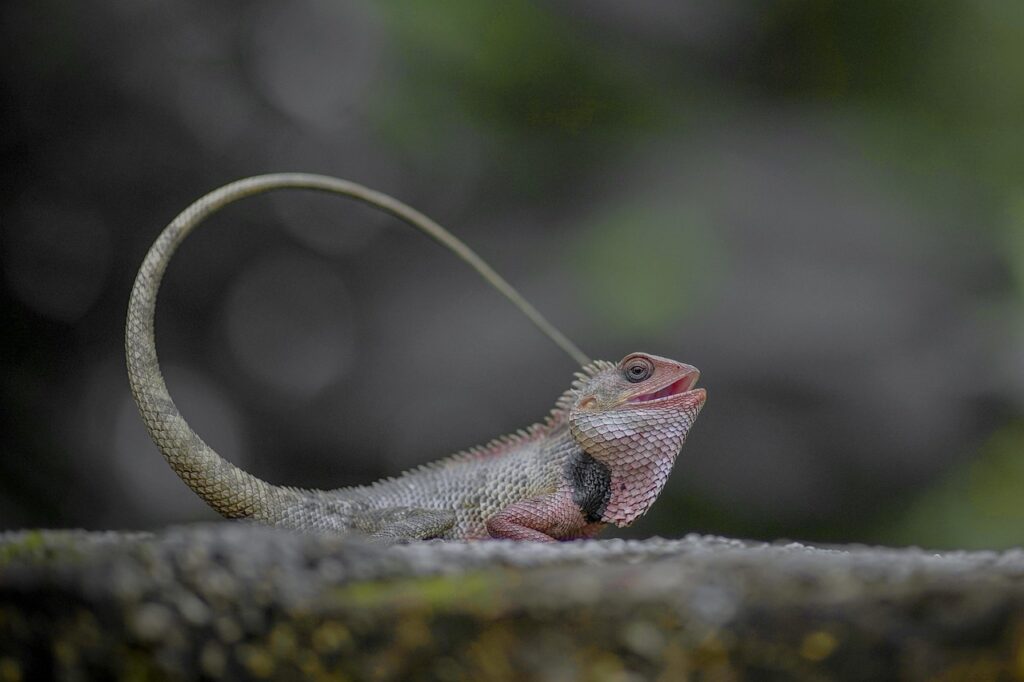
Lizards are sensitive to environmental stressors that can dramatically impact their willingness to eat. Recent changes in their habitat, such as relocation, introduction of new cage mates, or even rearrangement of décor can trigger stress responses. Excessive handling, especially with newly acquired lizards that haven’t acclimated to their environment, can exacerbate feeding problems. Background noise, vibrations from nearby appliances, or frequent disturbances around the enclosure may create chronic stress that suppresses appetite. Many lizards also feel insecure in enclosures lacking adequate hiding spots, which prevents them from feeling safe enough to engage in normal feeding behaviors. The presence of other pets like cats or dogs that show interest in the lizard’s enclosure can create persistent stress, even if direct contact never occurs.
Solution: Creating a Stress-Free Environment
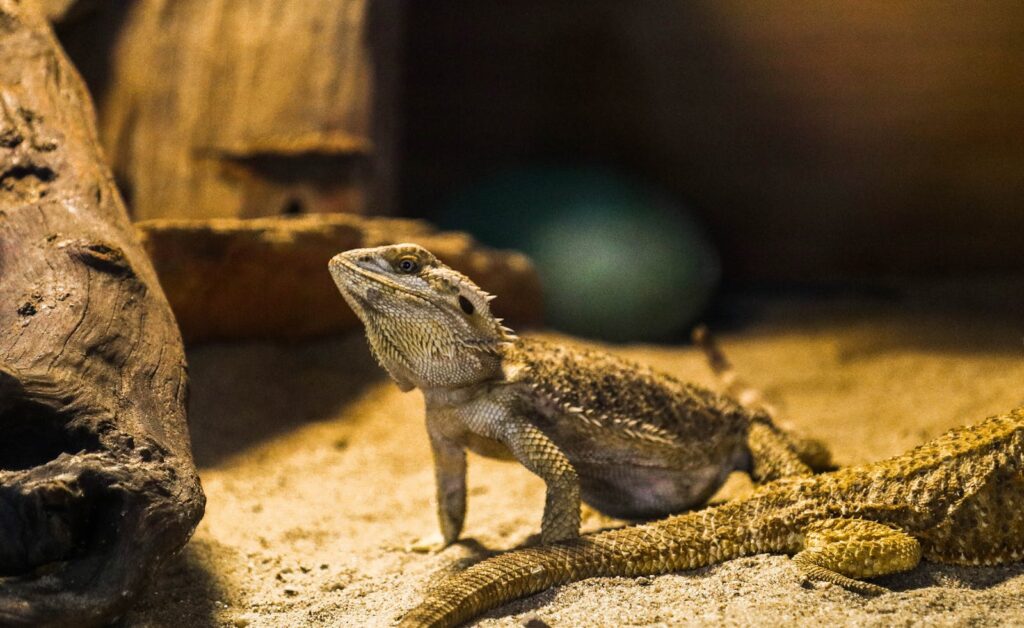
To minimize stress-related feeding issues, provide multiple hiding spots throughout the enclosure, including options in both the warm and cool zones. Ensure the enclosure is placed in a quiet location away from high-traffic areas, loud televisions, or vibrating appliances. Limit handling during periods of appetite loss, giving your lizard time to feel secure in its environment. For new lizards, implement a settling-in period of at least 1-2 weeks with minimal disturbance before expecting normal feeding behaviors. Use visual barriers like plants or background coverings on enclosure sides if your lizard appears nervous about movement outside its habitat. If you’ve recently changed the enclosure setup, consider temporarily returning some familiar items to help your lizard feel more secure while it adjusts to new surroundings.
Cause 4: Improper Diet or Food Presentation
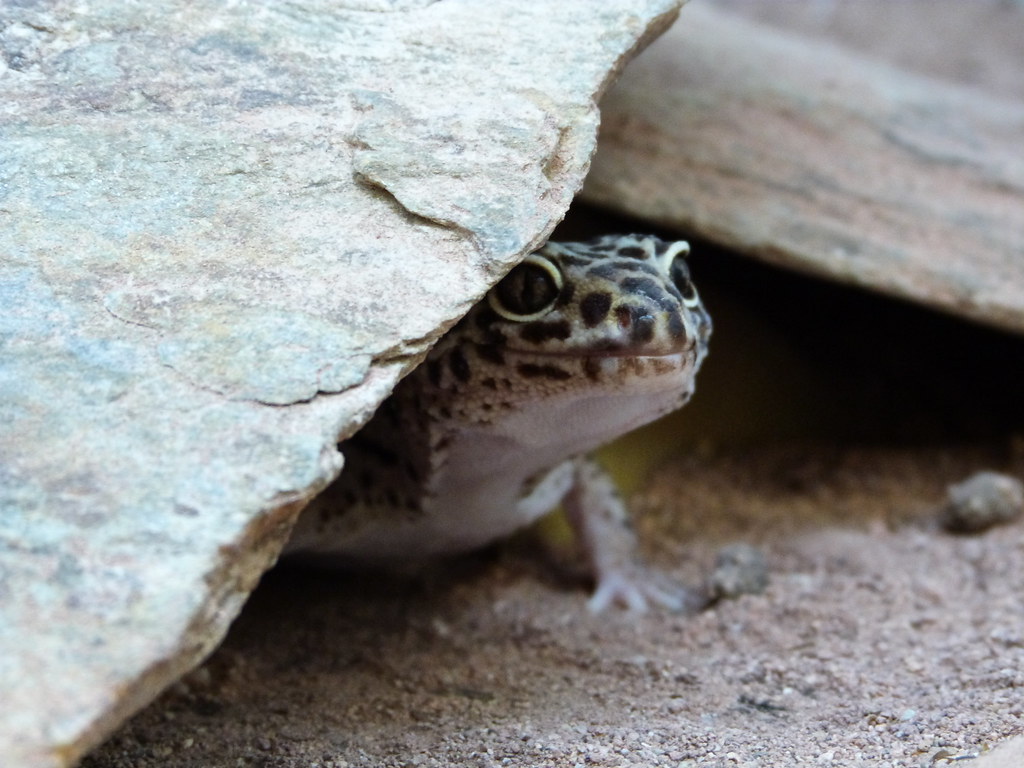
Lizards can be surprisingly selective about their food, and offering inappropriate items or presenting food incorrectly may result in feeding refusal. Some species have strong preferences for specific prey items or may reject food that doesn’t move in expected ways. Nutritional deficiencies from limited diets can create a negative feedback loop where poor nutrition leads to decreased appetite. Food items that are too large, too small, or moving too quickly can intimidate certain lizard species, causing them to avoid feeding attempts. Many lizards are also sensitive to feeding schedules, becoming reluctant to eat when meals are offered at inconsistent times or outside their natural active periods.
Solution: Optimizing Diet and Feeding Methods
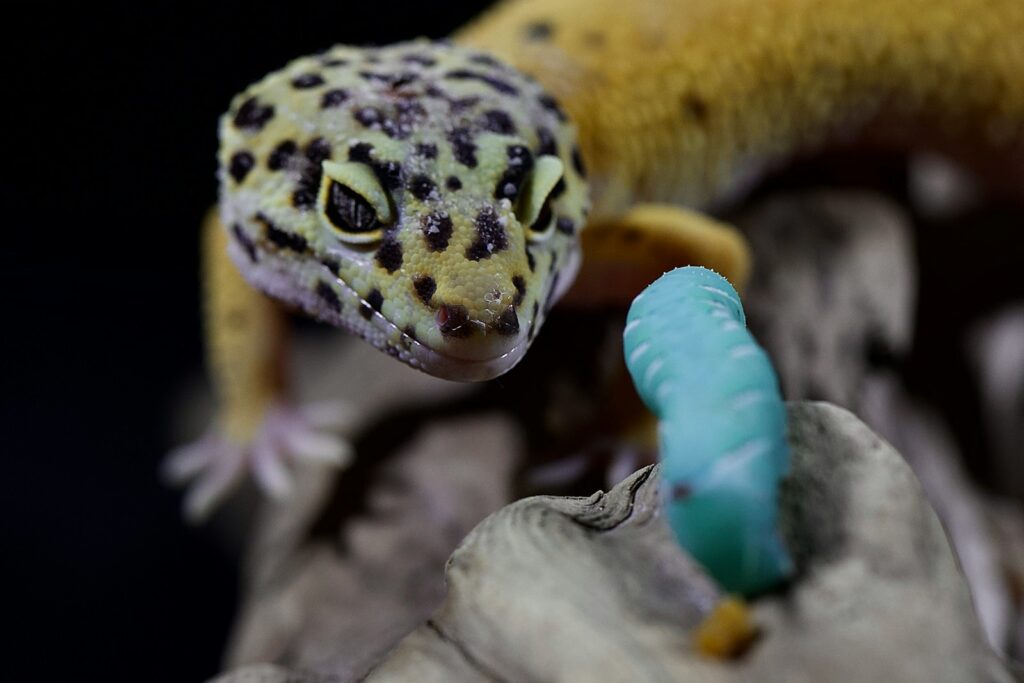
Research your specific lizard species’ dietary requirements and preferences, then provide appropriate variety within those parameters. For insectivores, try offering different feeder insects such as crickets, dubia roaches, black soldier fly larvae, or silkworms to stimulate interest. Ensure feeder insects are properly gut-loaded with nutritious foods 24-48 hours before feeding them to your lizard, enhancing their nutritional value. For species that eat vegetation, experiment with different greens, vegetables, and occasional fruits to determine preferences. Consider food presentation – some lizards prefer food in bowls, while others only recognize food items that move naturally. Use feeding tongs to “wiggle” prey items, mimicking natural movement for reluctant eaters. Establish and maintain consistent feeding times that align with your lizard’s natural activity periods, whether they’re diurnal, crepuscular, or nocturnal.
Cause 5: Breeding Season Behaviors
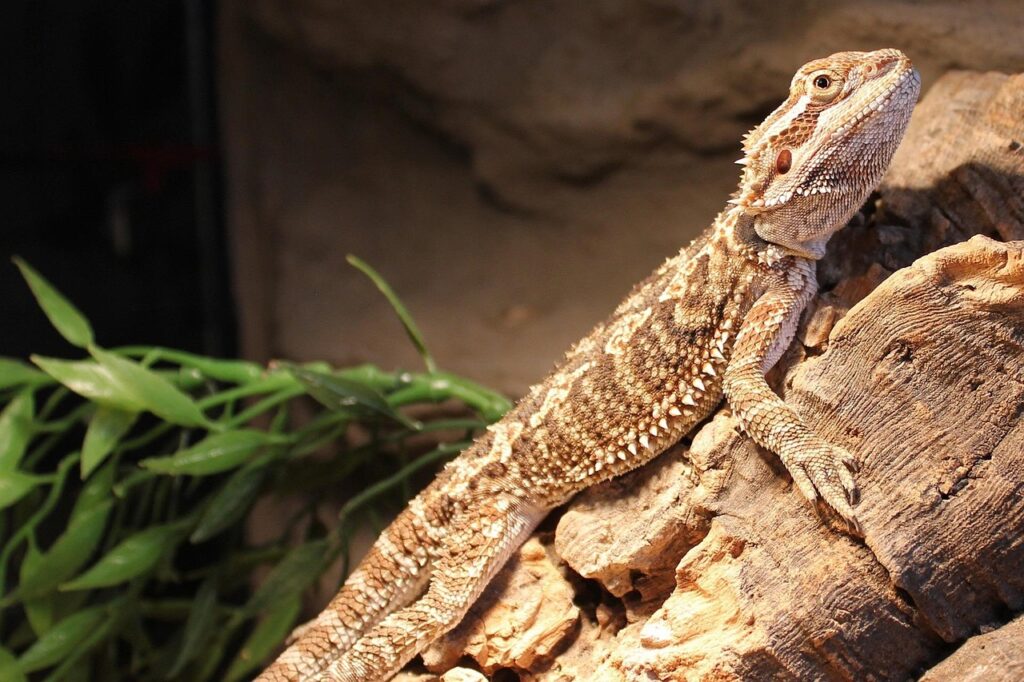
Many lizard species experience significant behavioral changes during breeding seasons that can include temporary appetite suppression. Male lizards often become so focused on breeding that they neglect eating, sometimes for extended periods. Female lizards preparing to lay eggs may reduce food intake as developing eggs occupy internal space, making them feel too full to eat. After egg laying, females may be exhausted and require recovery time before resuming normal feeding patterns. Seasonal hormonal changes can affect both males and females even without the presence of potential mates, as these cycles are often triggered by changes in lighting and temperature that simulate natural seasonal variations.
Solution: Managing Breeding Behaviors
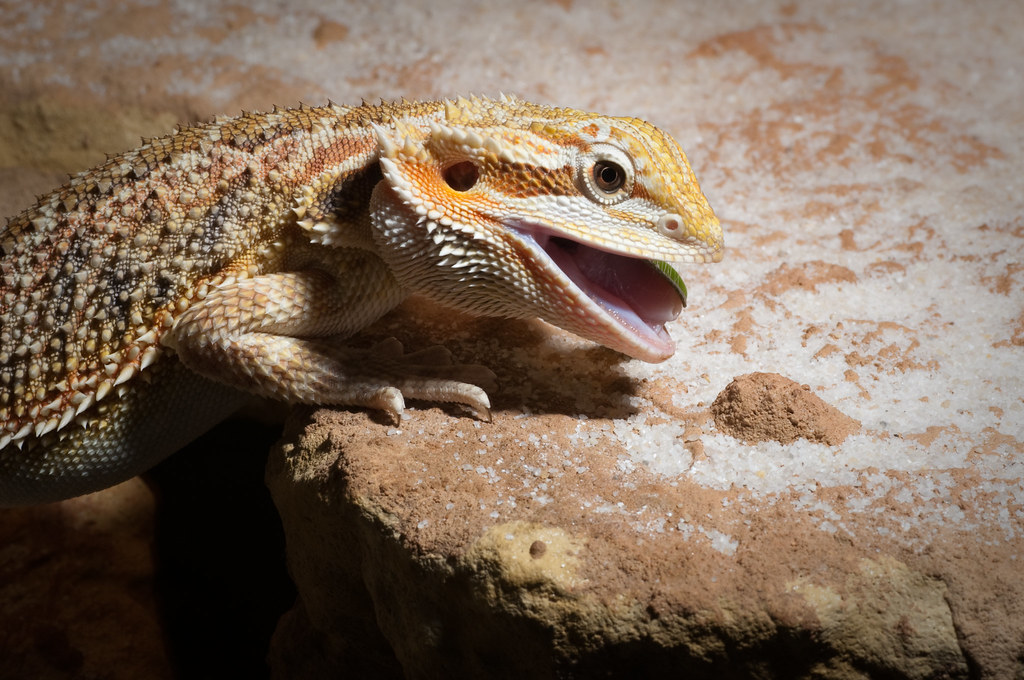
During breeding seasons, monitor your lizard’s weight closely while understanding that some appetite reduction is normal. For females who may be gravid (carrying eggs), provide appropriate laying sites such as dig boxes with slightly damp substrate if egg-laying is expected. Separate males from females if breeding is not desired, as this can reduce hormonal triggers and associated appetite issues. Adjust lighting cycles seasonally if you wish to discourage breeding behaviors, as many species respond to photoperiod changes. Offer smaller, more frequent meals during these periods, focusing on high-nutrition food items that provide maximum benefit even when consumption is reduced. After egg-laying, many females benefit from calcium supplements to replenish depleted stores, which can help stimulate appetite as they recover.
Cause 6: Brumation or Seasonal Slowdown
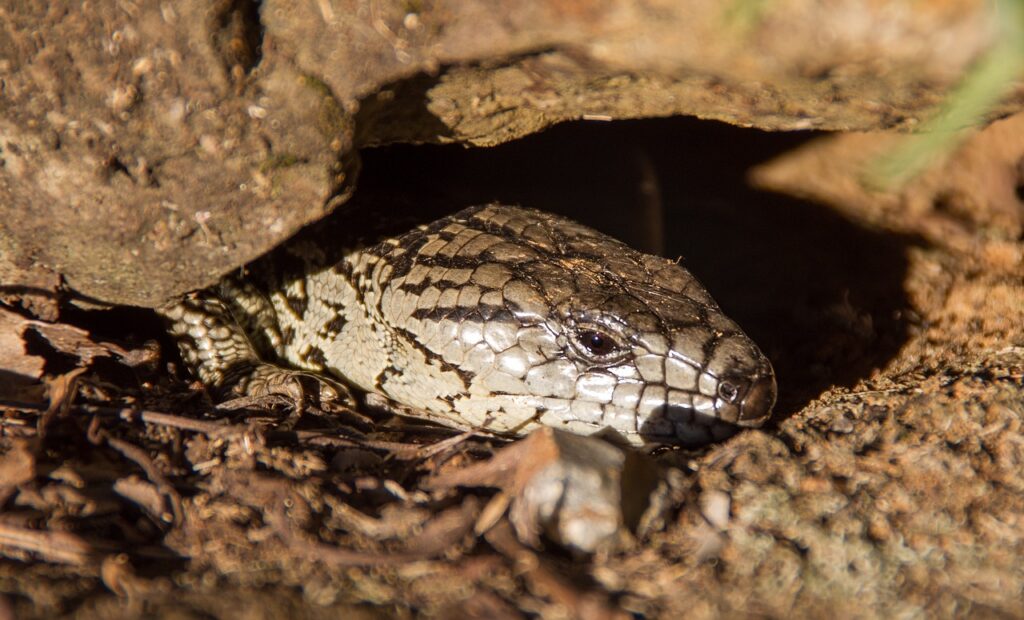
Many lizard species naturally enter periods of reduced activity during certain seasons, particularly during winter months. This brumation period, similar to hibernation but less intense, is characterized by decreased metabolism, activity, and appetite. Species like bearded dragons, blue-tongued skinks, and many temperate-zone lizards may stop eating entirely or eat very little during brumation periods. This natural process can last anywhere from a few weeks to several months depending on the species and environmental conditions. Even tropical species that don’t technically brumate may experience reduced appetite during seasonal changes, particularly if their enclosure experiences temperature or lighting fluctuations that mimic natural seasonal patterns.
Solution: Supporting Natural Cycles
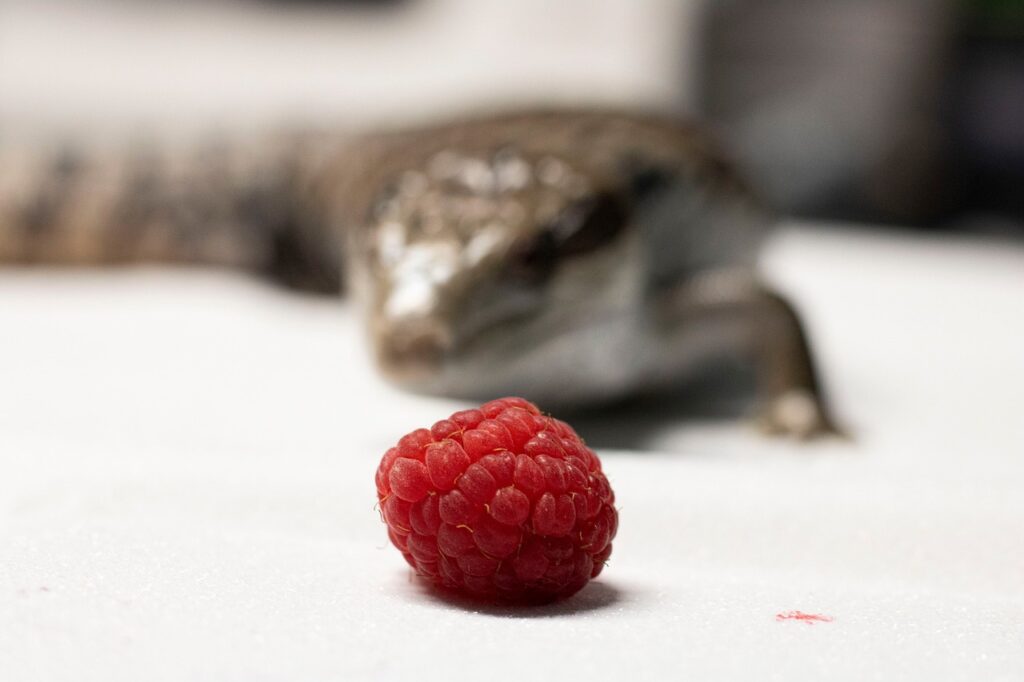
If your lizard is entering brumation, ensure they’re in good health and have maintained proper weight before the appetite decrease begins. Continue offering water during brumation periods, as hydration remains important even when food intake decreases. Monitor weight periodically during extended brumation, as some weight loss is normal but excessive loss may indicate problems. Maintain appropriate temperature gradients during brumation, though some species benefit from slightly cooler overall temperatures that support their reduced metabolic state. If you prefer to prevent brumation, maintain consistent summer-like conditions in the enclosure year-round, including stable temperatures and 12-14 hour lighting cycles. Once brumation ends naturally with seasonal changes, most lizards will gradually return to normal feeding patterns as their metabolism increases.
Cause 7: Illness and Parasites
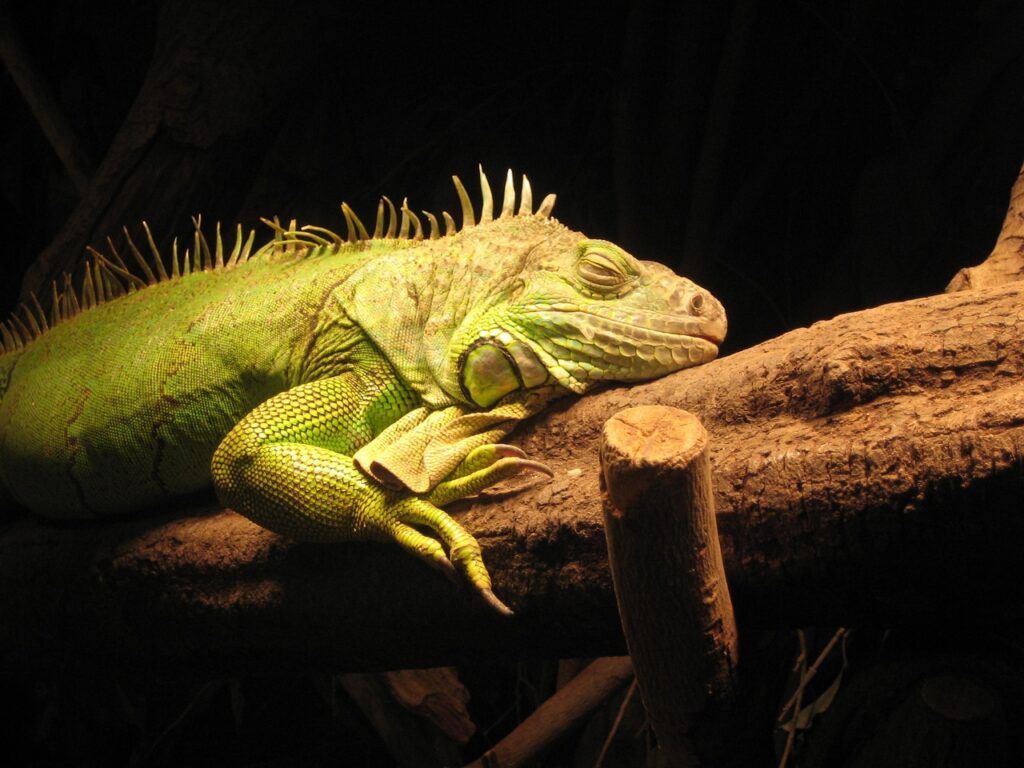
Perhaps the most concerning cause of appetite loss in lizards is underlying illness or parasite infestation. Respiratory infections, often indicated by wheezing, excess mucus, or open-mouth breathing, commonly suppress appetite. Parasitic infections, both internal (like pinworms or coccidia) and external (like mites), can cause significant stress and feeding avoidance. Mouth rot (infectious stomatitis) makes eating painful, leading to complete food refusal in severe cases. Impaction from ingesting substrate or oversized prey items can block the digestive tract, preventing normal feeding and causing serious health complications if not addressed. Organ dysfunction, particularly liver or kidney issues, often manifests first as appetite loss before more specific symptoms develop.
Solution: Veterinary Intervention

If you’ve addressed all environmental and husbandry factors and your lizard still refuses food, especially if accompanied by other symptoms like weight loss, lethargy, or abnormal droppings, consult a reptile-experienced veterinarian promptly. Bring a fresh fecal sample if possible to help diagnose potential parasites. The veterinarian may recommend diagnostic tests such as fecal analysis, blood work, or imaging to identify specific health issues. Follow all medication protocols exactly as prescribed, whether antibiotics for infections, anti-parasitics for infestations, or supportive care medications. During illness recovery, your veterinarian might recommend assist-feeding techniques or appetite stimulants to maintain nutrition until natural feeding resumes. Implement any recommended quarantine procedures if the condition is potentially contagious to other reptiles in your collection.
When to Be Concerned About Appetite Loss
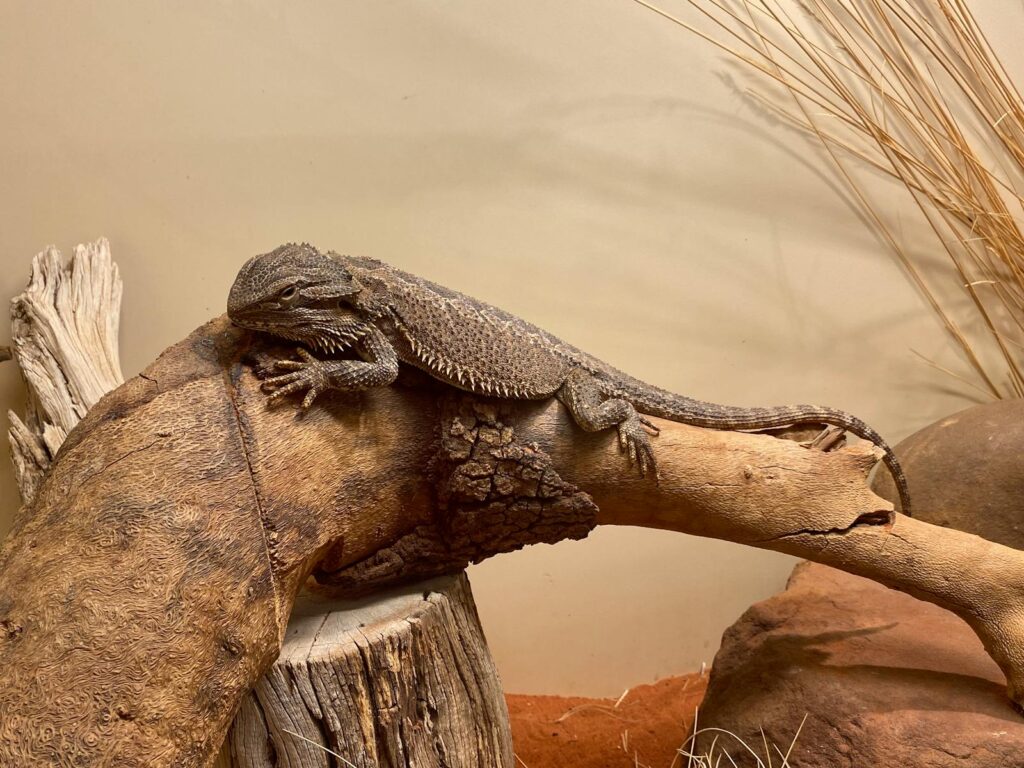
While brief periods of reduced appetite can be normal, knowing when to be concerned is crucial for your lizard’s health. Generally, if a healthy adult lizard refuses food for more than 1-2 weeks (less for juveniles), it warrants investigation. Weight loss exceeding 10% of body weight, regardless of timeframe, indicates a potentially serious issue requiring attention. Appetite loss accompanied by other symptoms such as lethargy, irregular or absent bowel movements, visible weight loss, or respiratory distress represents an emergency situation requiring immediate veterinary care. Juveniles have less bodily reserves than adults, making prolonged fasting particularly dangerous for growing lizards. Species with naturally high metabolisms, such as anoles or day geckos, can decline rapidly without food and should be monitored more closely than species adapted to infrequent feeding.
Conclusion: Restoring Your Lizard’s Appetite
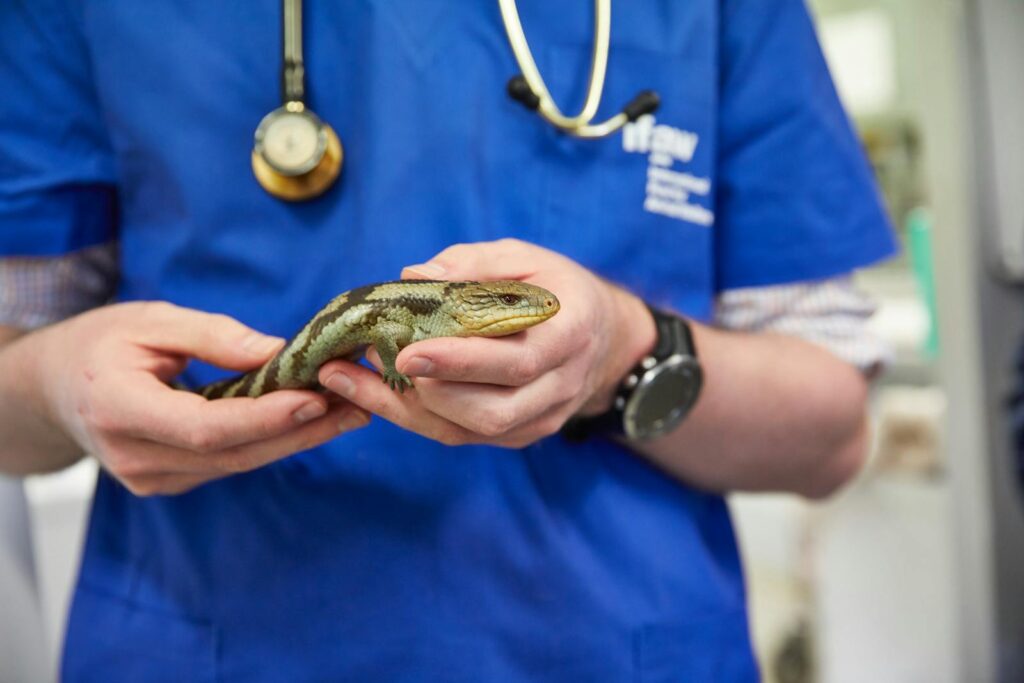
A lizard’s refusal to eat serves as an important communication signal that something in their environment or health needs attention. By systematically addressing the potential causes outlined in this article, from basic husbandry adjustments to seeking professional veterinary care when needed, most appetite issues can be successfully resolved. Remember that each lizard species has unique requirements, and taking the time to research the specific needs of your pet is the foundation of good care. Regular health monitoring, maintaining detailed records of feeding patterns, and establishing a relationship with a reptile-experienced veterinarian before emergencies arise will set you up for success as a responsible lizard keeper. With patience, careful observation, and appropriate interventions, you can help your lizard return to healthy eating habits and enjoy the rewarding experience of caring for these fascinating reptiles.

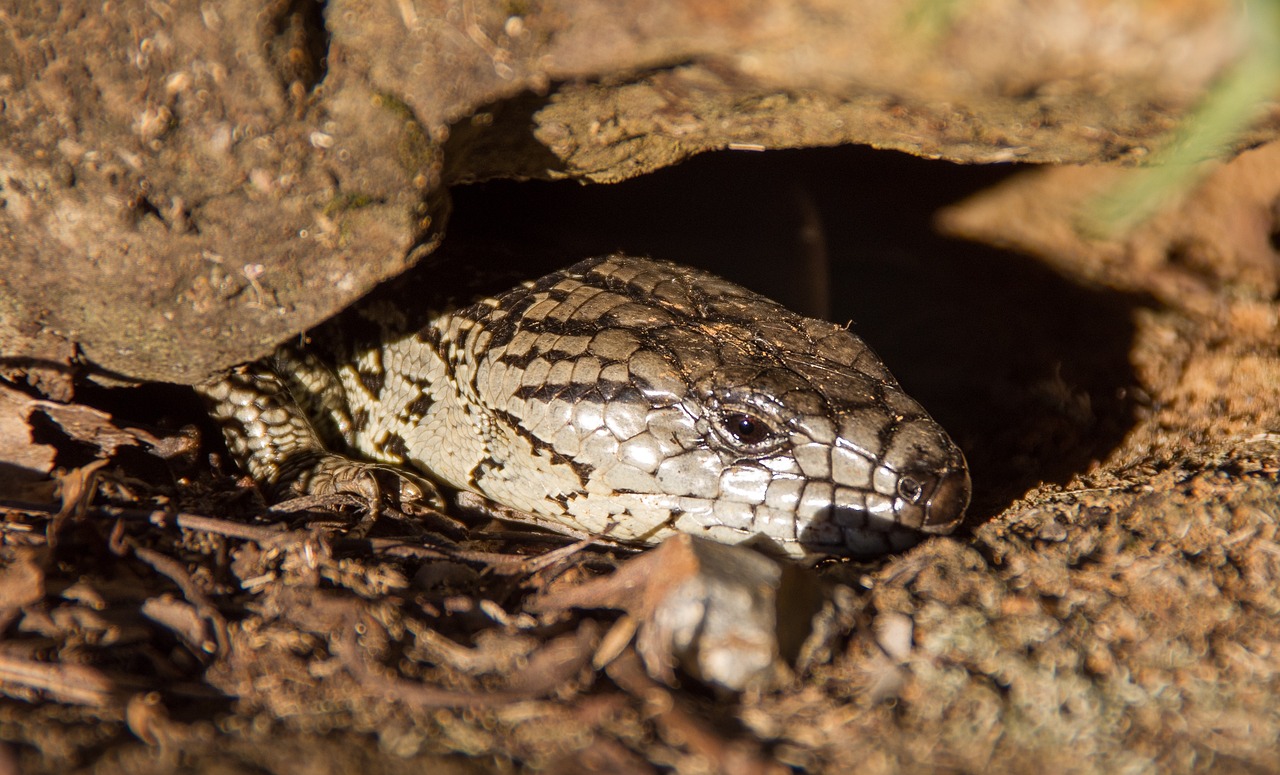
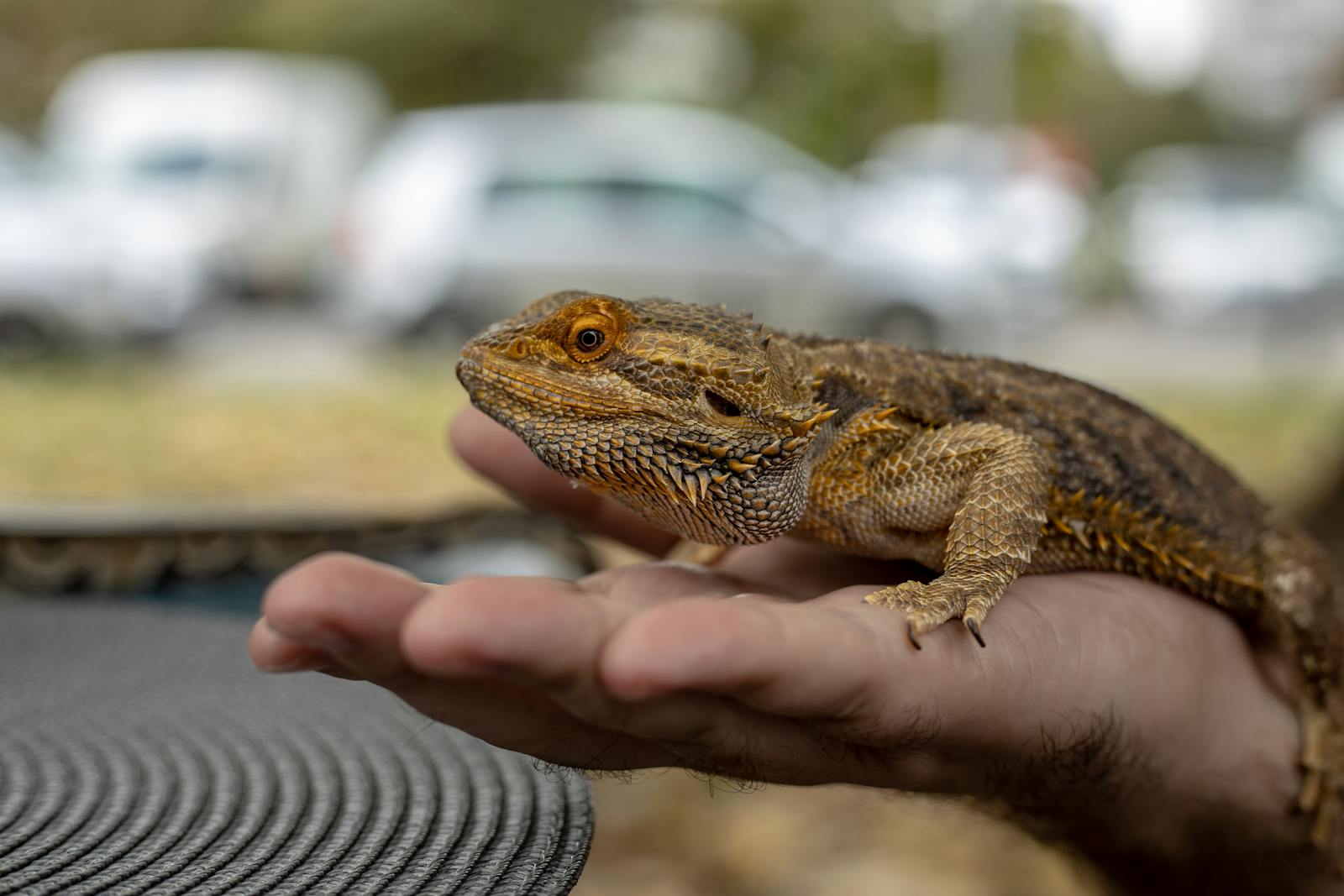

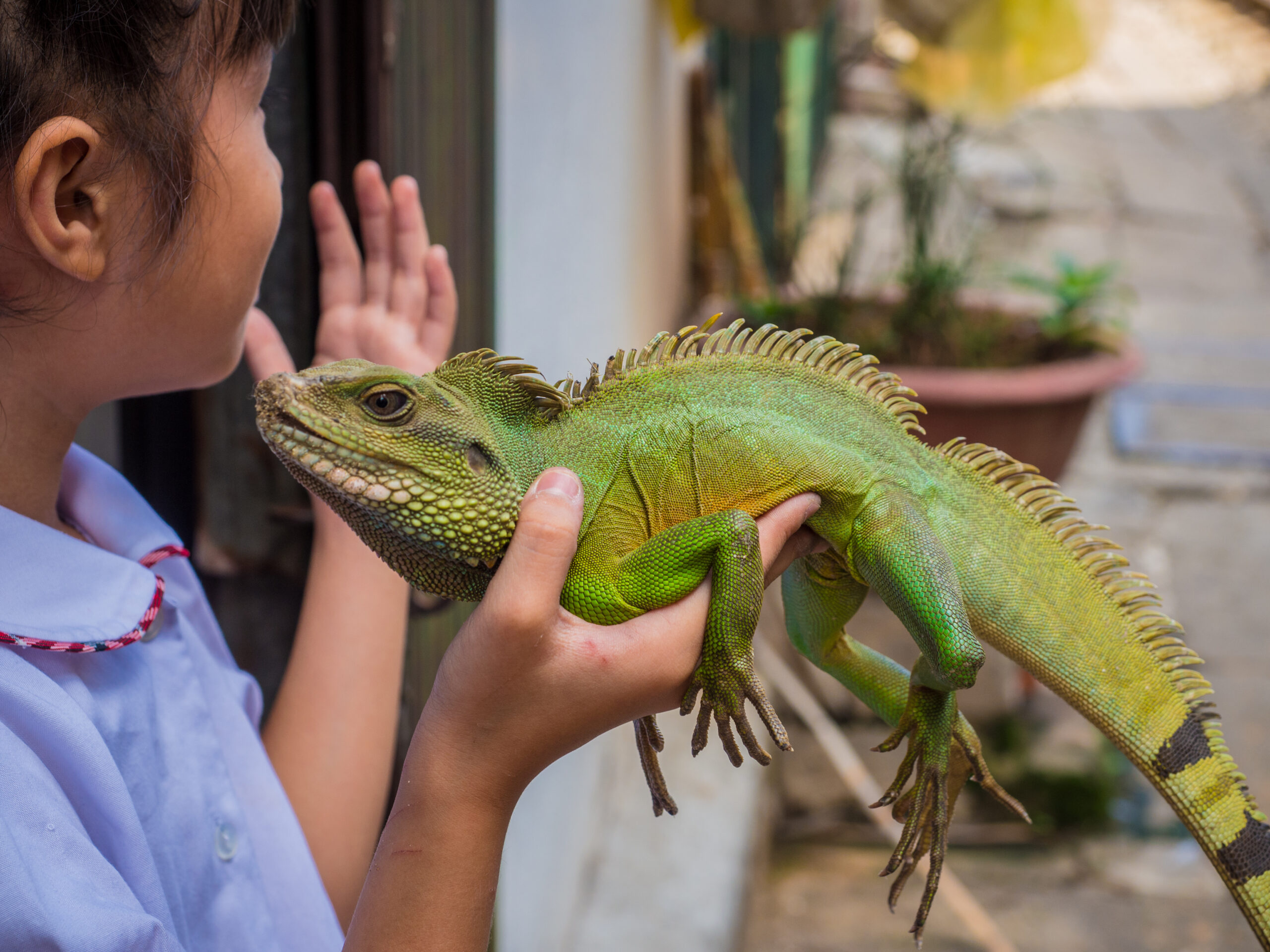
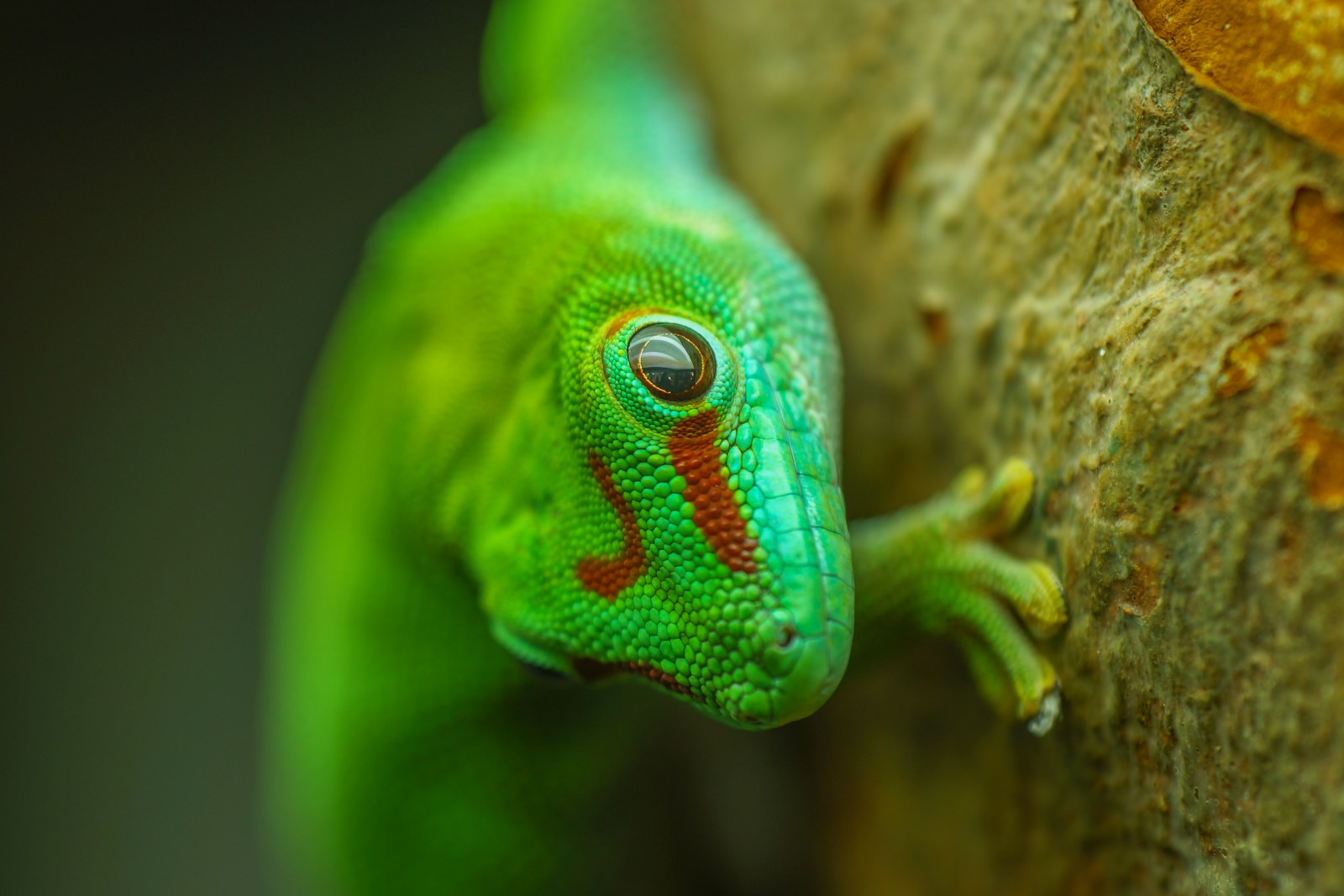
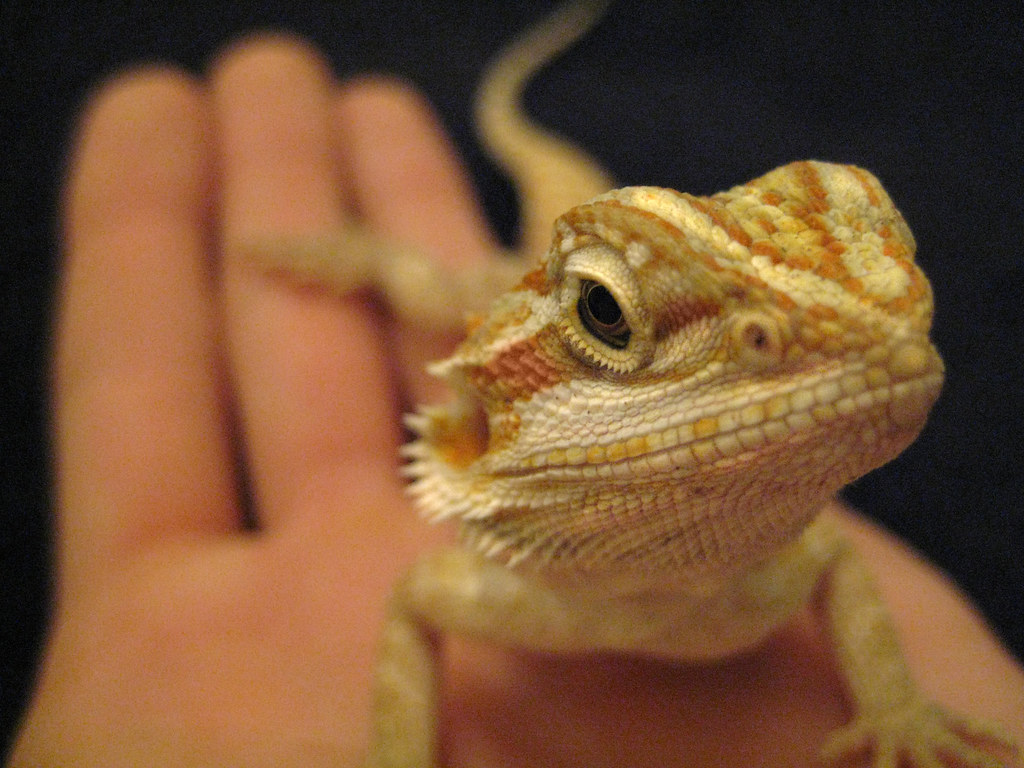
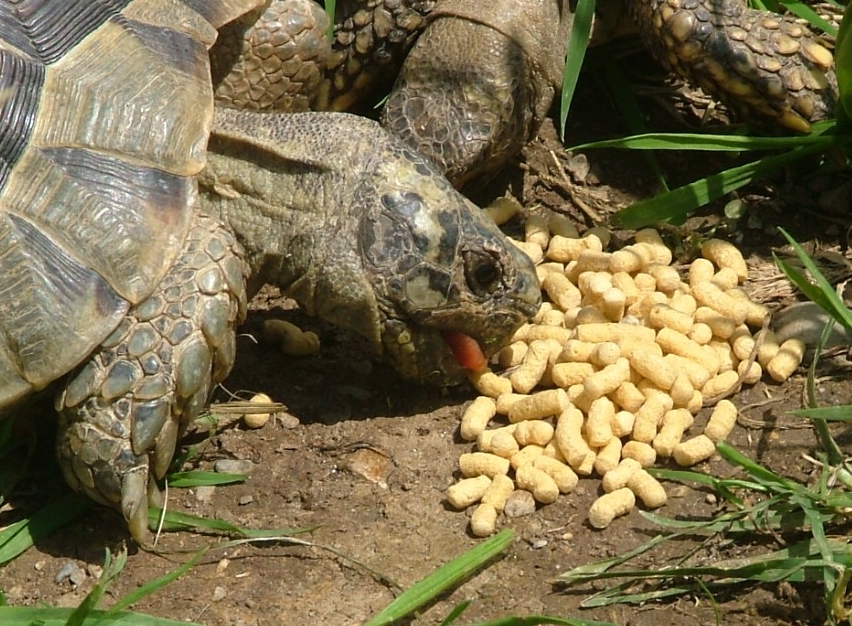
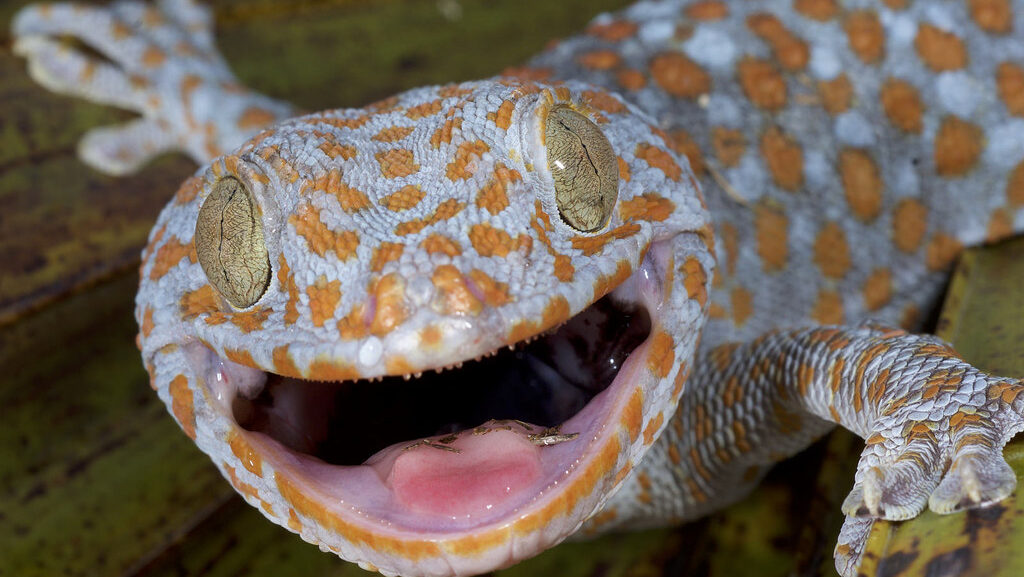
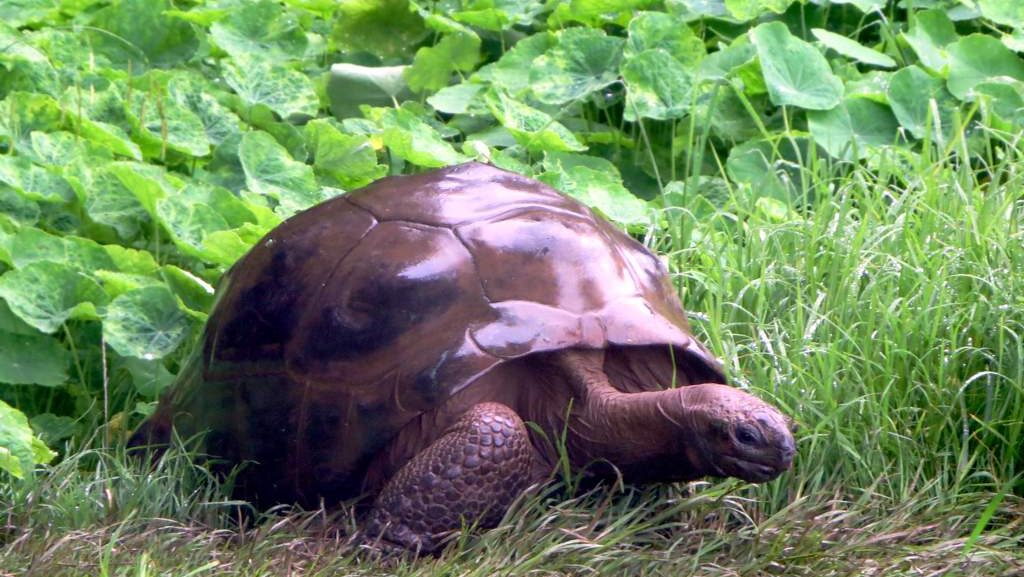
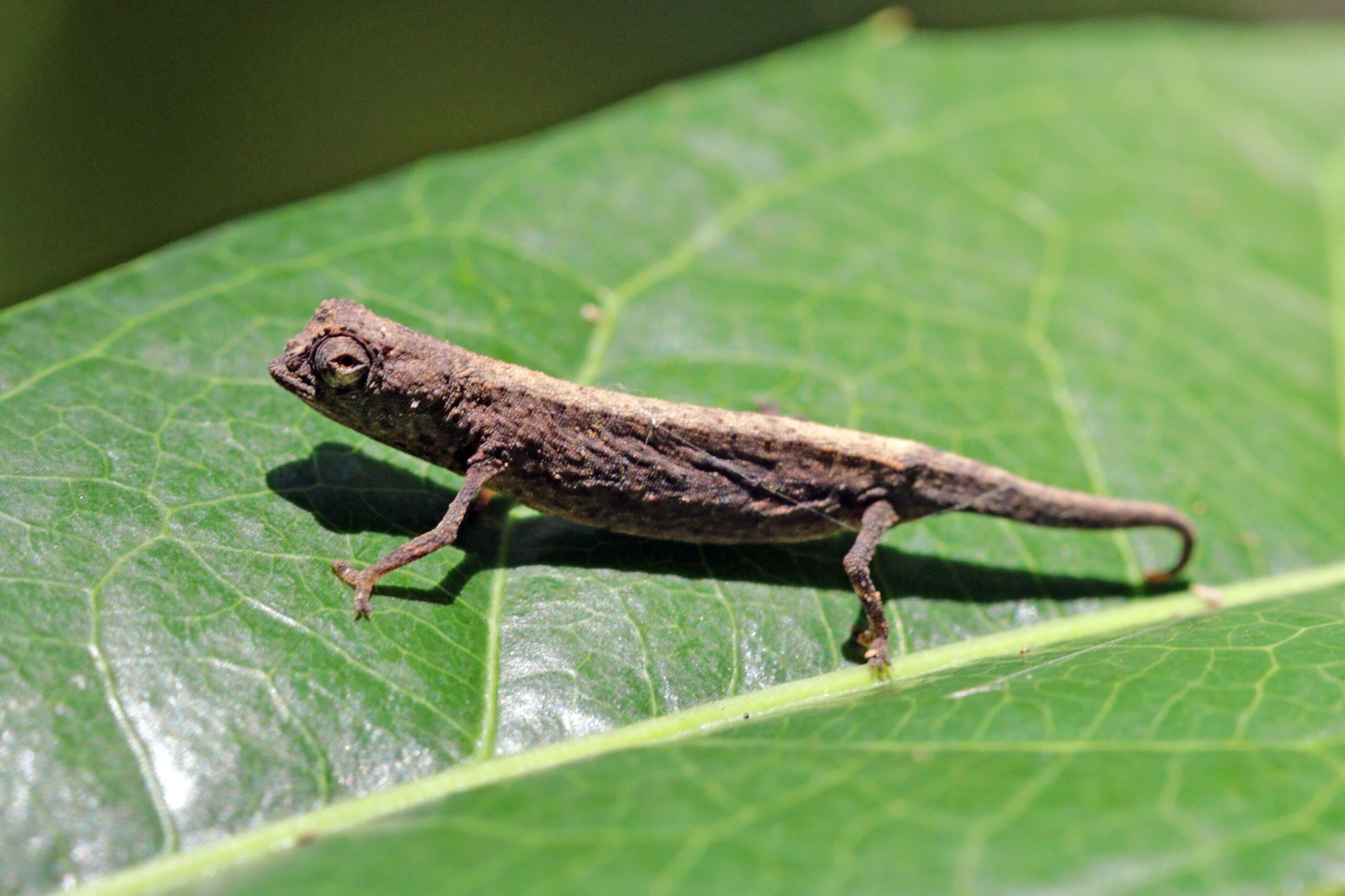
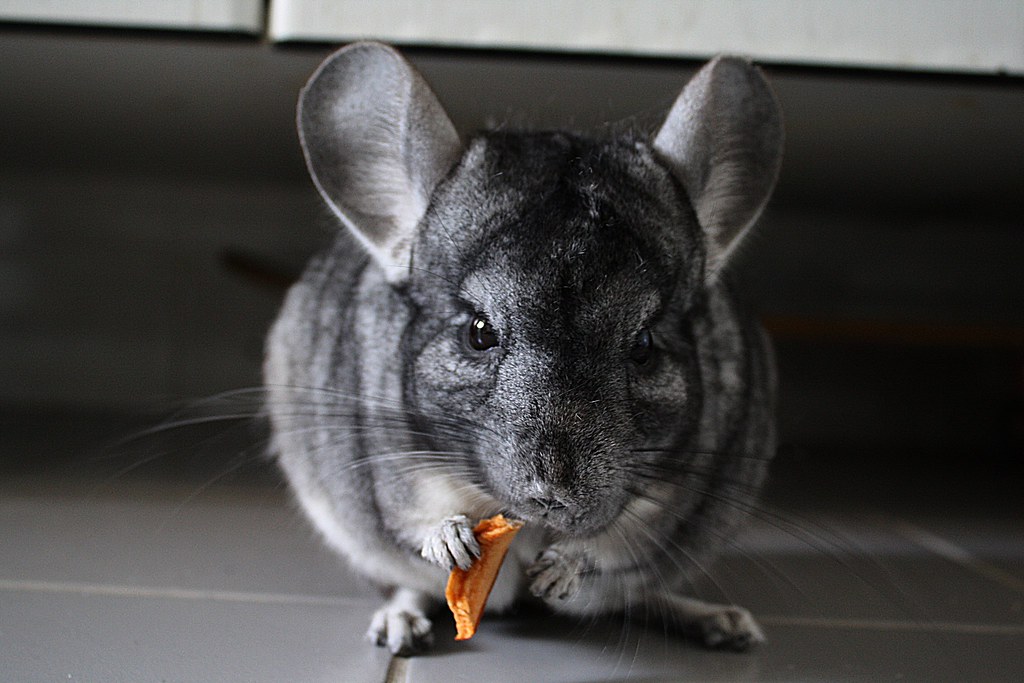




Leave a Reply